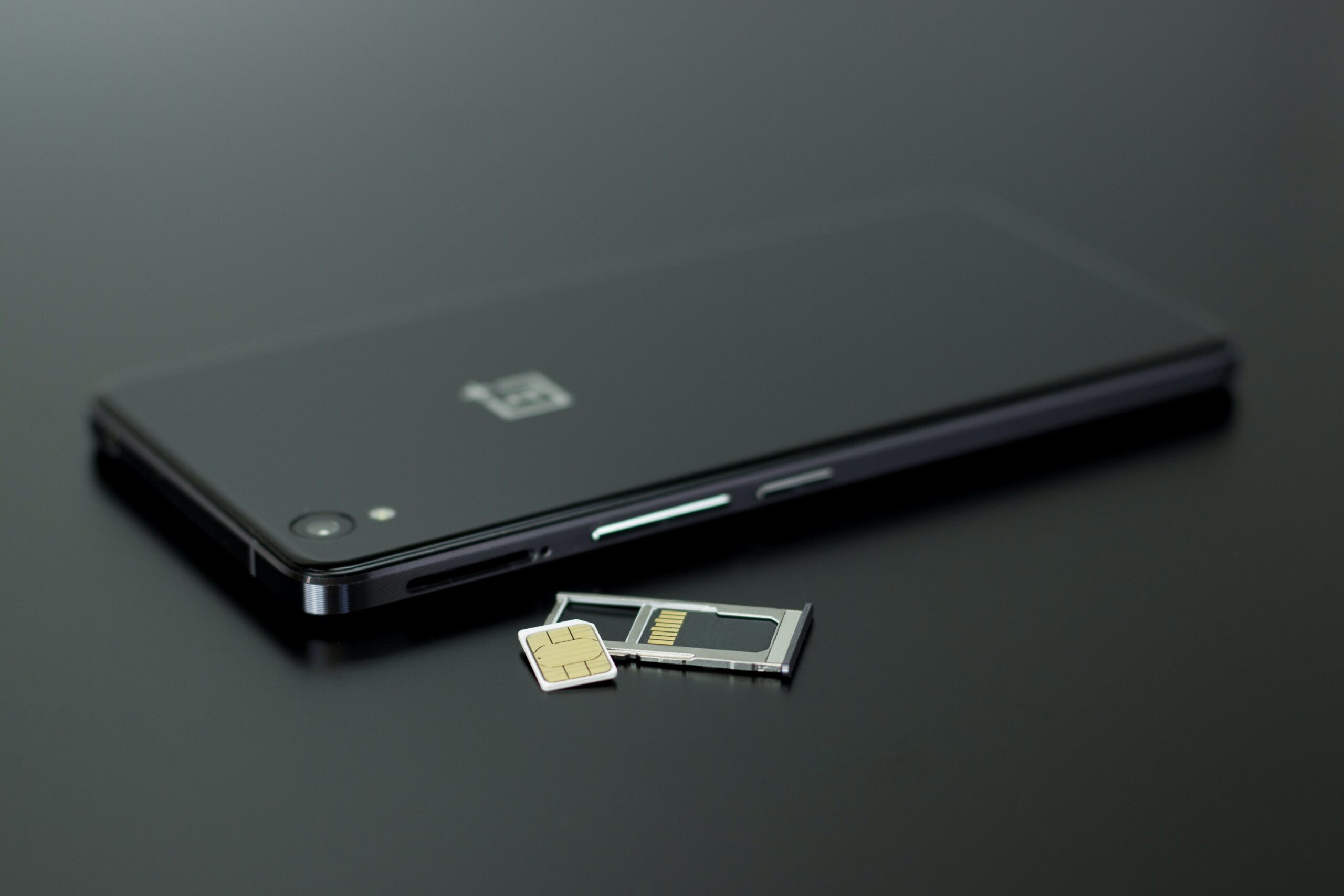Introduction:
Subscriber Identity Module (SIM) cards have become an integral part of our daily lives, quietly powering the global mobile communication network. These small, unassuming cards play a crucial role in connecting us to the digital world. In this article, we will explore the history, technology, and the evolving role of SIM cards in our interconnected society.
History of SIM Cards:
The concept of SIM cards dates back to the early 1990s when they were introduced as a standardized way to store subscriber information in mobile devices. The first SIM card was developed by a German company called Giesecke & Devrient in 1991. Since then, SIM cards have evolved significantly, adapting to the changing landscape of mobile technology.
Types of SIM Cards:
There are three main types of SIM cards:
a. Full-Size SIM (1FF): The original and largest SIM card, now rarely used.
b. Micro-SIM (3FF): Introduced to accommodate smaller devices, such as smartphones and tablets.
c. Nano-SIM (4FF): The smallest and most commonly used SIM card today, found in modern smartphones.
Each type serves the same fundamental purpose but differs in size to fit various device requirements.
How SIM Cards Work:
SIM cards contain a small, embedded microprocessor that stores information essential for mobile communication. This information includes the International Mobile Subscriber Identity (IMSI), a unique identifier for each subscriber, and the authentication key. When a user inserts a SIM card into a device and powers it on, the SIM card communicates with the mobile network, enabling the device to establish a connection.
Security and Authentication:
One of the primary functions of SIM cards is to ensure the security of mobile communications. SIM cards use encryption and authentication mechanisms to protect user data and prevent unauthorized access. The authentication key stored on the SIM card is used to verify the identity of the subscriber, ensuring a secure and private connection.
Evolving Role in Mobile Technology:
While SIM cards initially served as mere identity cards for mobile subscribers, their role has expanded with advancements in technology. The introduction of embedded SIMs (eSIMs) has eliminated the physical card, allowing for remote provisioning of subscriber information. This innovation has streamlined the activation process for users and enabled the seamless integration of SIM functionality in a wider range of devices, including smartwatches and Internet of Things (IoT) devices.
Challenges and Future Trends:
Despite their essential role, SIM cards face challenges such as SIM card swapping fraud and the need for physical replacement. The ongoing evolution towards eSIM technology aims to address these issues, providing a more flexible and secure solution. Additionally, as the world transitions to 5G technology, SIM cards are adapting to meet the demands of faster and more reliable mobile networks.
Conclusion:
SIM cards may be small, but their impact on global communication is immense. From their humble beginnings as identity cards for mobile subscribers to the modern eSIM technology, these tiny chips continue to play a crucial role in connecting people worldwide. As technology evolves, so too will the role of SIM cards, ensuring that they remain an essential component of our increasingly interconnected world.
